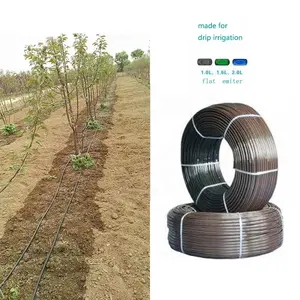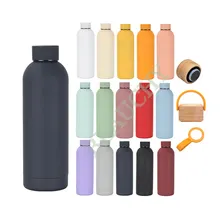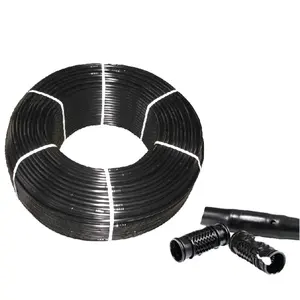Understanding Drip Line Irrigation Systems
Drip line irrigation is a highly efficient method of watering plants, delivering water directly to the roots through a system of tubes, valves, and emitters. This precision approach to irrigation is becoming increasingly popular for its water conservation benefits and its ability to cater to a diverse range of agricultural and landscaping needs.
Types and Materials of Drip Lines
Drip lines come in various materials, with polyethylene (PE), plastic, and PE plastic being the most common. The choice of material affects the durability and suitability of the drip line for different environmental conditions and use cases. For instance, PE drip lines are known for their flexibility and resistance to UV radiation, making them suitable for a variety of climates.
Applications of Drip Line Systems
The application of drip line systems spans across various domains, from small-scale vegetable gardens to large-scale farming operations. They are also utilized in landscaping and commercial horticulture, providing a targeted watering solution that can be adapted to the specific needs of plants, soil types, and terrains.
Features and Advantages of Drip Lines
A key feature of drip line systems is their ability to deliver water at a controlled, slow rate, which is crucial for reducing water wastage and ensuring deep water penetration. This method of irrigation minimizes evaporation and runoff, making it an environmentally friendly option. Additionally, by delivering water directly to the root zone, plants receive the optimal amount of hydration necessary for growth.
Choosing the Right Drip Line
When selecting a drip line, considerations such as emitter spacing, flow rate, and the specific requirements of the vegetation are important. The correct configuration ensures that each plant receives an adequate amount of water, tailored to its individual needs, promoting healthy growth and yield.
Maintenance and Sustainability
Maintenance of drip lines is relatively straightforward, requiring regular checks for clogs or damage to ensure the system operates efficiently. The sustainability of drip line irrigation is one of its most compelling advantages, as it supports water conservation efforts and can contribute to sustainable agriculture practices.








































 浙公网安备 33010002000092号
浙公网安备 33010002000092号 浙B2-20120091-4
浙B2-20120091-4